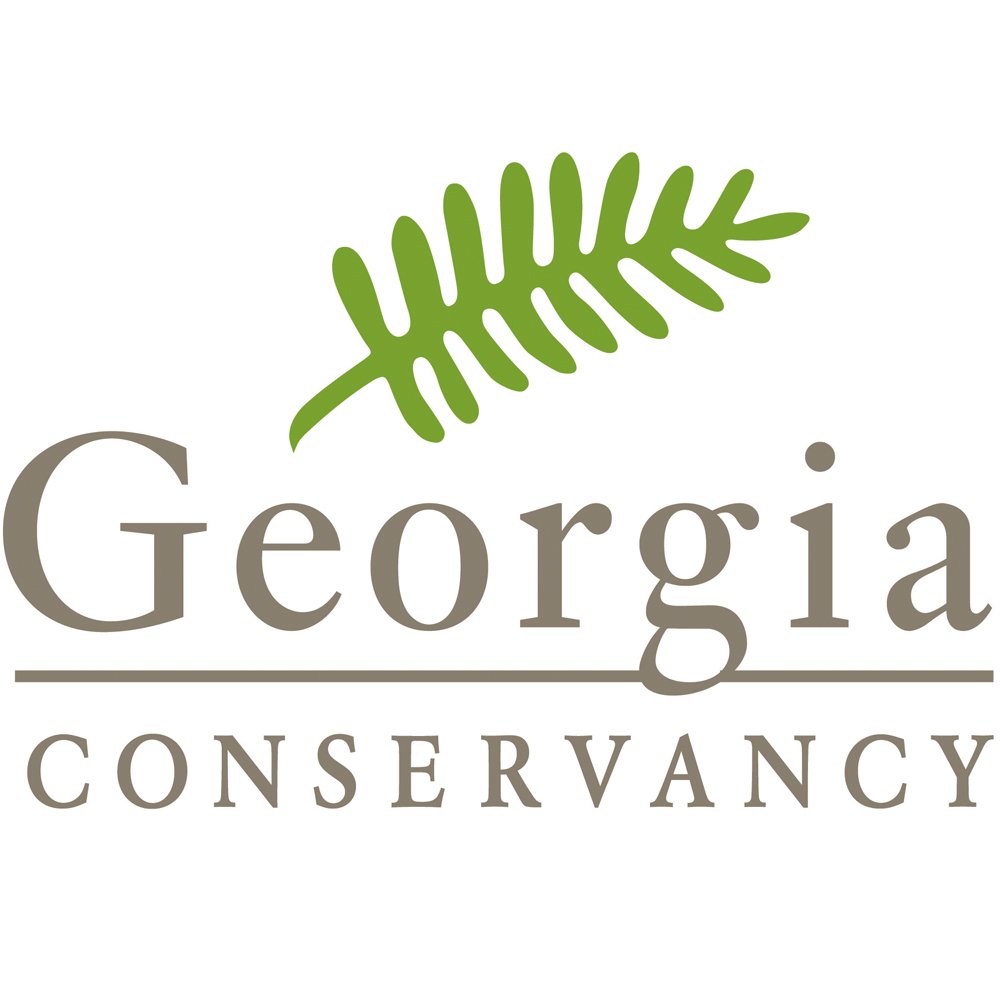Blueprints: Paulding County
In 2017, the Georgia Conservancy continued its state-wide contributions to sustainable growth and inclusive community planning in a new Blueprints community, northwest Georgia’s Paulding County.
In 2016, the Georgia Conservancy’s Blueprints for Successful Communities Program was asked by county officials to undertake a land use study as part of the foundation of Paulding County’s 10-Year Comprehensive Plan Update.
As one of the very last metro-Atlanta counties to experience widespread growth challenges as a result of the region’s decades-long population boom, Paulding has the opportunity to learn from the past successes and failures of other metro counties that have seen years of widespread development. For decades, counties such as Cobb, Gwinnett, Clayton and Douglas have undergone tremendous economic growth in their communities, for better or for worse. A county of 120,000, Paulding has seen a steady increase in residents since the year 2000 and has for a number of years developed into a bedroom community for metro-Atlanta employees, with 75% of Paulding residents working beyond the county line. As a result, residents of Paulding County spend an average of more than 160 hours traveling to and from work every year – the most of any county in Georgia. As a large amount of affordable real estate within Paulding has provided an attractive draw for both new residential and commercial development, an increase in population and development of usable land is inevitable.
Paulding understands the unique opportunity that it has been provided and county stakeholders and residents are looking to take advantage of its “late to the party” status by helping to guide growth and development in a manner that is economically and environmentally advantageous. Planning for Paulding’s future is a pragmatic exercise in good governance, as the county looks to maintain its assets, competitiveness as an affordable community, and quality character as one of Metro Atlanta’s green counties.
The Georgia Conservancy’s analysis included an examination of watersheds and natural features in a desire to help the county reinvest in existing communities, such as Dallas, Hiram and Braswell, and to accommodate future growth sustainably and with minimal impact to the environment. As Paulding County is home to the Paulding Forest Wildlife Management Area, one of metro Atlanta’s largest WMAs, as well as the extremely popular segment of the Silver Comet Trail, a 61-mile bike path the originates in Smyrna, the positive economic and environmental impacts that the county’s outdoor recreational amenities provide were heavily weighed.
The final and adopted Land Use Study (full report linked to below) while complex in its detail and scope, followed a simple, logical process of identifying natural and man-made features, understanding why the county has developed in the manner that it has, and then considering how county leadership might best address future development and economic demands with an eye towards good natural resource management.
The Paulding County Land Use Plan revealed the value in continuing to direct future growth in areas already supplied with water and wastewater services, while encouraging future development to be impact-conscious in its footprint and connections. In prioritizing new development on vacant lots already served by water and sewer and prioritizing redevelopment in both established residential and commercial centers, both county government and future residents benefit from cost savings while natural resource impacts are minimized. This study also uncovered the challenges in development patterns that would worsen traffic and erode natural amenities highly valued among residents. As a result, the recommendations contained in this report reflect strategies which leverage existing infrastructure and established neighborhoods while accommodating growth in more natural or rural expanses through moderation and character-sensitive approaches.
For more information on the Calumet Blueprints, please contact Georgia Conservancy President Katherine Moore at kmoore@gaconservancy.org or Georgia Conservancy Senior Planner Nick Johnson at njohnson@gaconservancy.org.





